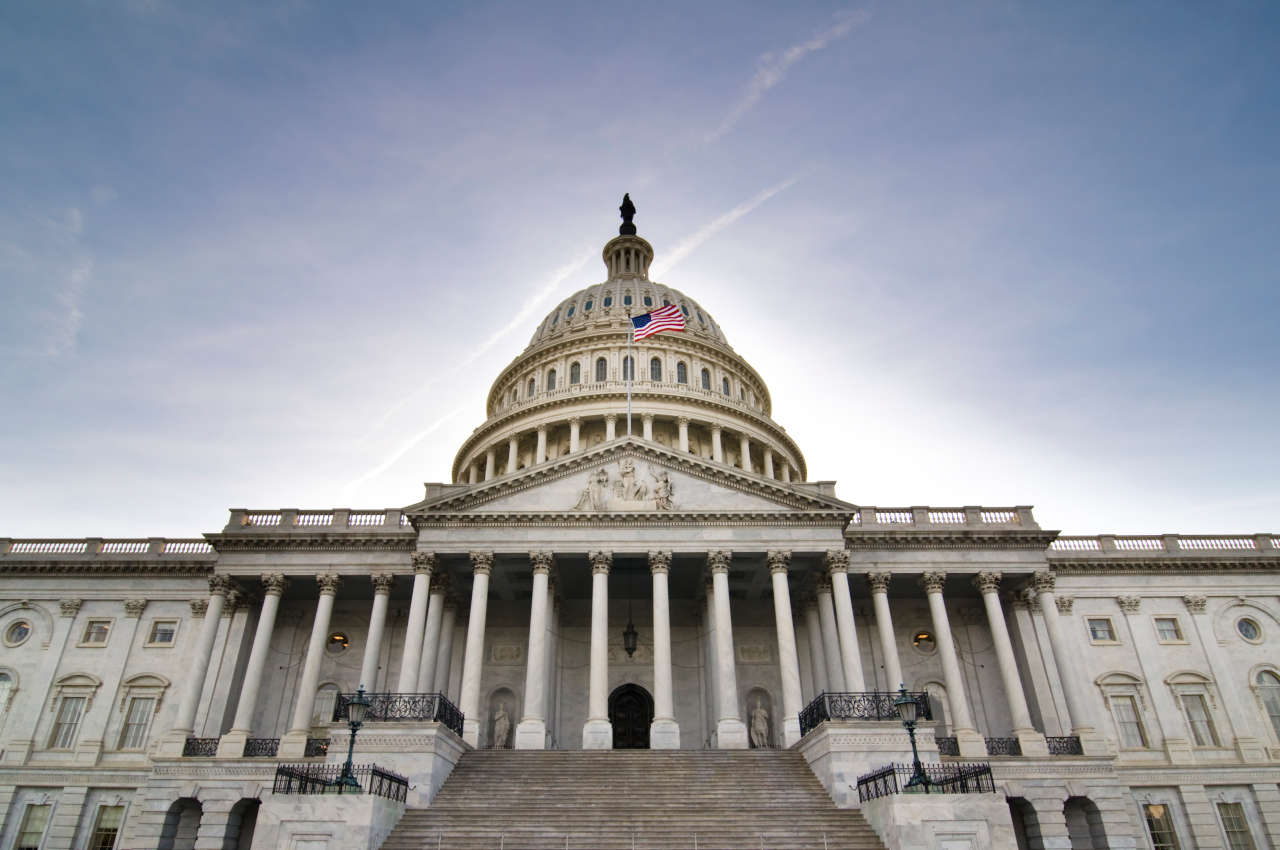President Pressures Schools to Re-Open
Education leaders pushed to bring back all students when school year begins

President Trump is asking that states and local education leaders reopen schools for the upcoming academic year, suggesting that any health risks are offset by greater student needs, such as access to meal programs and behavioral support services.
The President’s effort is in direct conflict with the current approach that many districts and education institutions are planning, which involves various remote and blended learning models. Some schools are also considering modified schedules to comply with CDC guidance, which includes stringent cleaning and social distancing practices for school districts upon any return to physical classrooms.
Blended learning continues to be a popular option for many public school systems. For example, leaders from Parkland School District and Township High School District #211 in Illinois have been focused on applying the lessons learned from this past spring’s remote learning experiences to transition to blended learning. Efforts have been focused on designing an infrastructure that supports blended learning, including providing the training and content to ensure continuity of education for their school communities next year.
Other school districts have been testing other back-to-school scenarios. In Wichita Falls ISD in Texas, a mix of virtual and in-person options were implemented for summer as a ‘dry run’ for Fall. “After much discussion we settled on focusing high school on credit recovery using Odysseyware. They'll be coming to the high school, socially distant,” says Dr. Peter E. Griffiths, associate superintendent. “For middle school, we wanted learning that allows touching items, congregations, and discussion. We're very big on tech here, kids need to play with technology, so we figured out how to do that safely. We are doing a three-day STEAM camp. Some will be online with virtual instruction with kits, some face-to-face. (Online became the easier one because we could just develop the lesson plan, send their kit and video lessons, and check in on their progress.) Our district nurse used the spirit of the health guidelines to require temp check, masks, hand sanitizing before joining groups and all tools and surfaces being sanitized before use. Elementary students focused on painting, singing, so we devised fine art camps using similar safety protocols.”
Higher education is also trying to prepare for various possibilities. For example, after building a remote learning-friendly campus that would allow students to virtually attend classes from their dorm rooms and anticipating a full return of students, USC recently announced a reversal of course due to a recent spike in COVID-19 cases in California. Students are now being encouraged to opt for online versions of the classes rather than in-person to accommodate social distancing guidelines. Only 10% to 20% of classes are now expected to be on campus.
Anticipating that even if schools do fully reopen, a quick return to full remote learning is possible if a district is afflicted by COVID-19, education leaders have also been focusing on efforts to improve remote supports in areas such as mental health and cybersecurity.
Ultimately, educators need to prepare for multiple scenarios as the uncertainty of the pandemic continues to change plans almost daily.
Tools and ideas to transform education. Sign up below.
Ray Bendici is the Managing Editor of Tech & Learning and Tech & Learning University. He is an award-winning journalist/editor, with more than 20 years of experience, including a specific focus on education.
